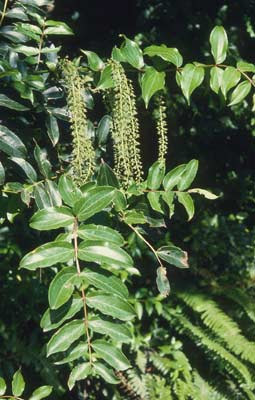How to move beehives to a new location? We've just had a Big Weekend!. Moving over 100 hives from Hamilton to the Wairarapa. We needed both utes and trailers, the bee boys and me (the spare driver), a couple of extras to help unload at the end. And 36 hours on the go without stopping.
Bees need to be moved in the dark, when they are all home. So, if you are loading quite a few, it goes on for a few hours. We finally left at 2am, ready to drive through the night.
We lock up the front doors of the hives, so they don't fly off down the motorway, strap them on (this take AGES), and then drive drive drive.
And at the other end, bee people in suits, unloading. (I'm watching from the grassy slopes in the sun, with ahem...my eyes closed...)
We're really glad to have the super duper 4WD utes, top of the range - this hill was extremely steep, and we were at the top - and it is full of some leftovers of some crop (blue flowers, stalky?), plus a few bulls (bulls are friendly, right?), add in a couple of narrow paddock gates on the wrong angle, and the most experienced 4WD driver, and we got there. In the end. I did stop breathing a bit, on the way (oh ye of little faith!)
Doesn't NZ farmland all look so similar? This could be virtually anywhere. OK, maybe not Otago, but still....
A job well done. Just another site to put the rest on, and we're done. Bee boys 1 and 2 were off with the other ute in a couple of other fields. I did count the hives, but got a bit muddled, so a recount is required. But, by my reckoning, there were gazillions. Technical term....
Official stats:
2100 Km driven, each
12 filled rolls eaten
4 apples, 6 bananas
6 cups of coffee consumed
6 litres of water drunk
gazillions of hives
even more bees
36 hours for the longest shift (we got back into Auckland at 9pm)
7 people (thanks to Will, visitor, who helped so much :-) )
5 days to catch up on sleep after (hey, I'm not so young, OK?)
















